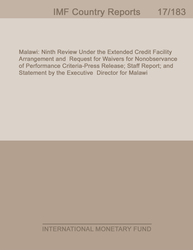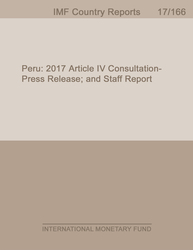
Canada:Financial Sector Assessment Program-Technical Note-Housing Finance
Financial Sector Assessment Program-Technical Note-Housing Finance
READ MORE...
Volume/Issue:
Volume 2020
Issue 017
Publication date: January 2020
ISBN: 9781513527147
$20.00
Add to Cart by clicking price of the language and format you'd like to purchase
Available Languages and Formats
| English |
Prices in red indicate formats that are not yet available but are forthcoming.
Topics covered in this book
This title contains information about the following subjects.
Click on a subject if you would like to see other titles with the same subjects.
Also of interest
Summary
This Technical Note on Financial Safety Net and Crisis Management for the Canada focuses on housing finance. Housing finance is broadly resilient, but pockets of vulnerabilities exist. Mortgage finance is dominated by domestic systemically important financial institutions (D-SIFIs) and supported by the government via mortgage insurance, securitization guarantees, and other policies. With a market share of about 70 percent, D-SIFIs focus on prime borrowers, and their lending is backed by their strong balance sheets. The cost of prime mortgage financing is low and little differentiated, with credit risk being under-priced in some segments. Aspects of Canada’s mortgage finance may amplify procyclical effects of falling house prices during severe downturns. Core lenders focus on low-risk mortgage lending. In response to deteriorating household debt-servicing capacity, they may constrain new lending or renewals of maturing uninsured mortgages, potentially adding pressures on the housing market. Alternatively, a sudden adoption of risk-based pricing to accommodate financially weak borrowers might amplify household debt servicing fragility.
Copyright © 2010 - 2024
Powered by:
AIDC



